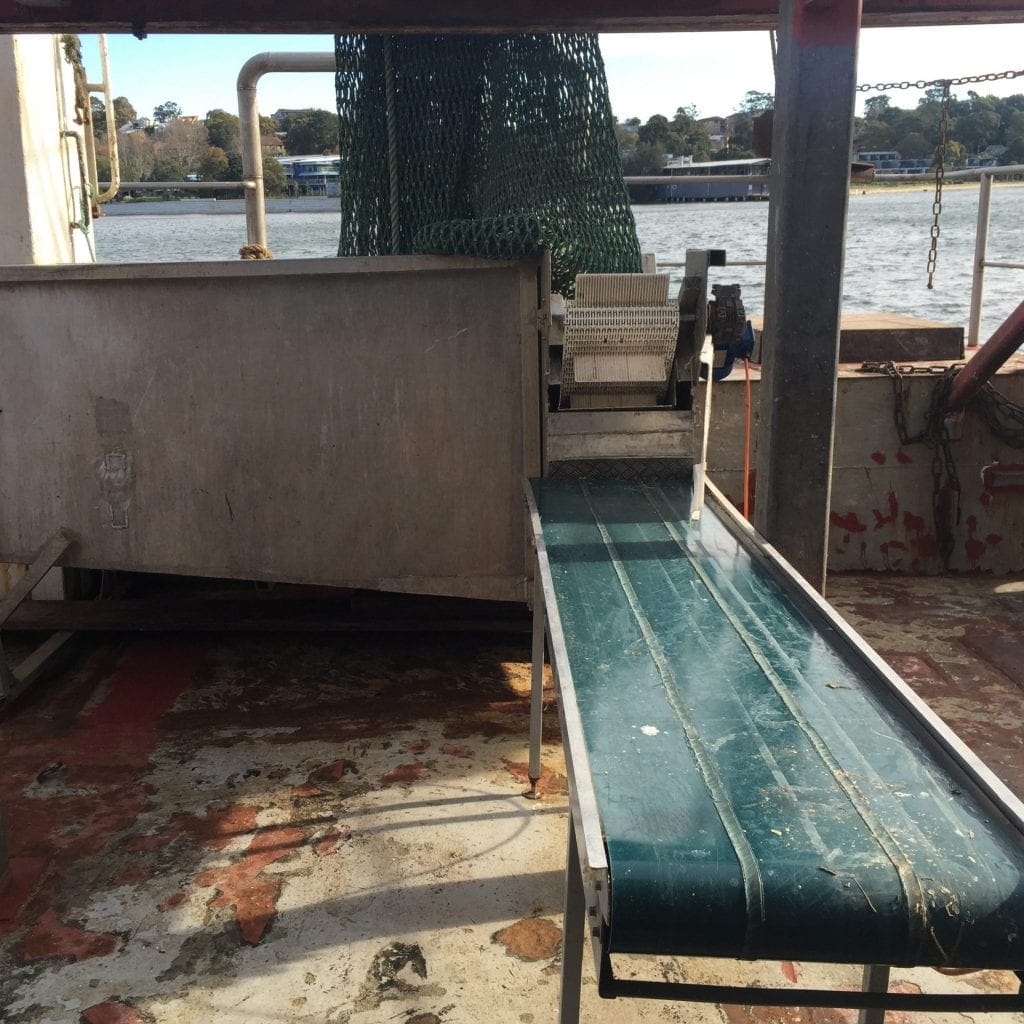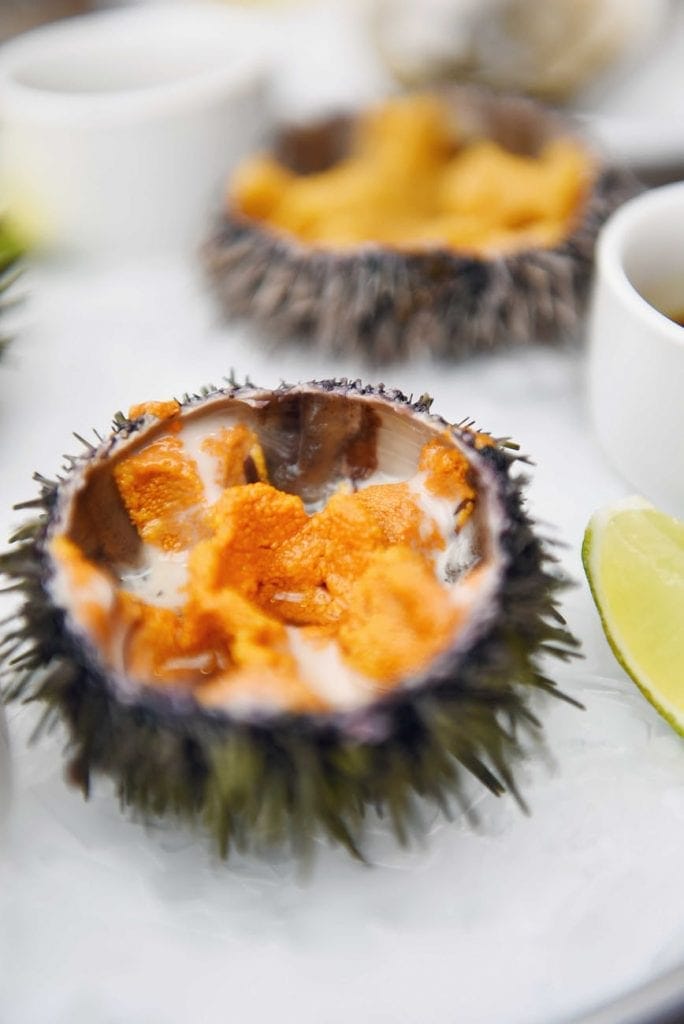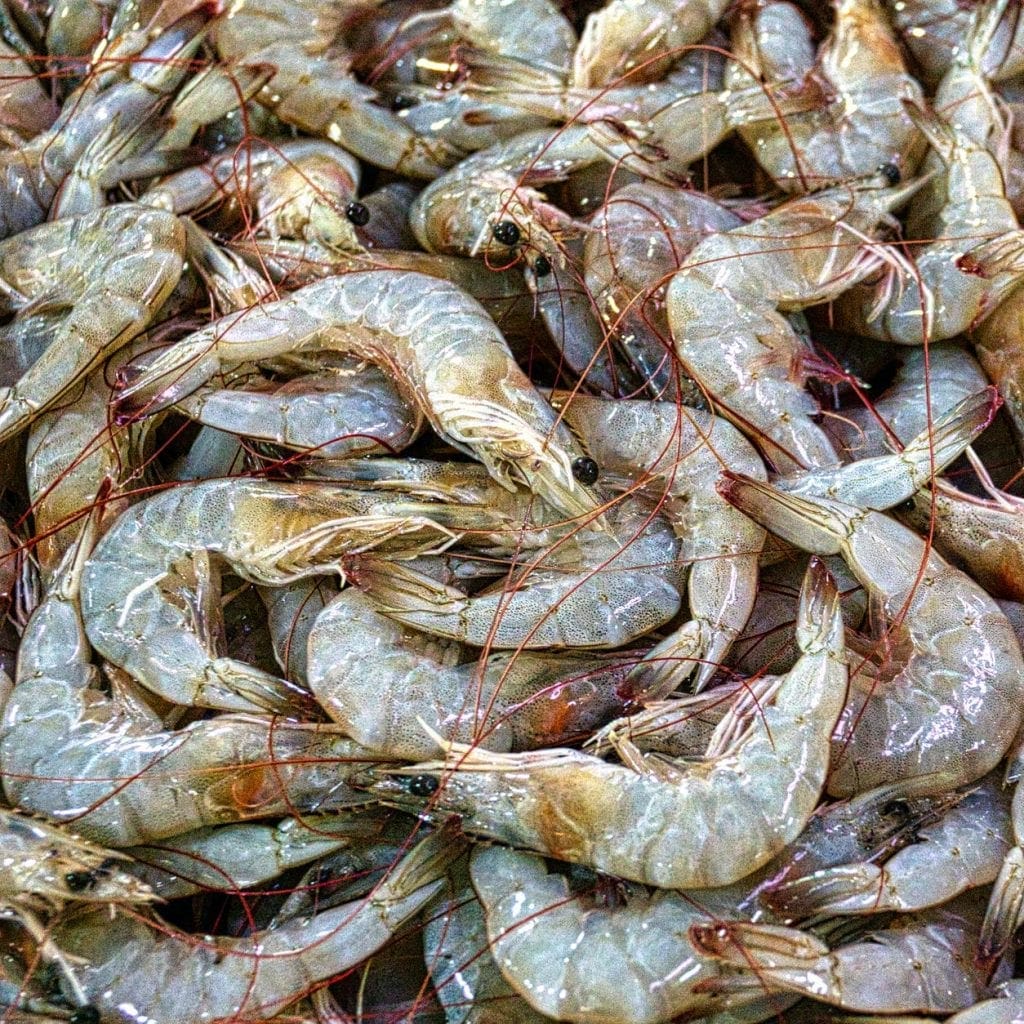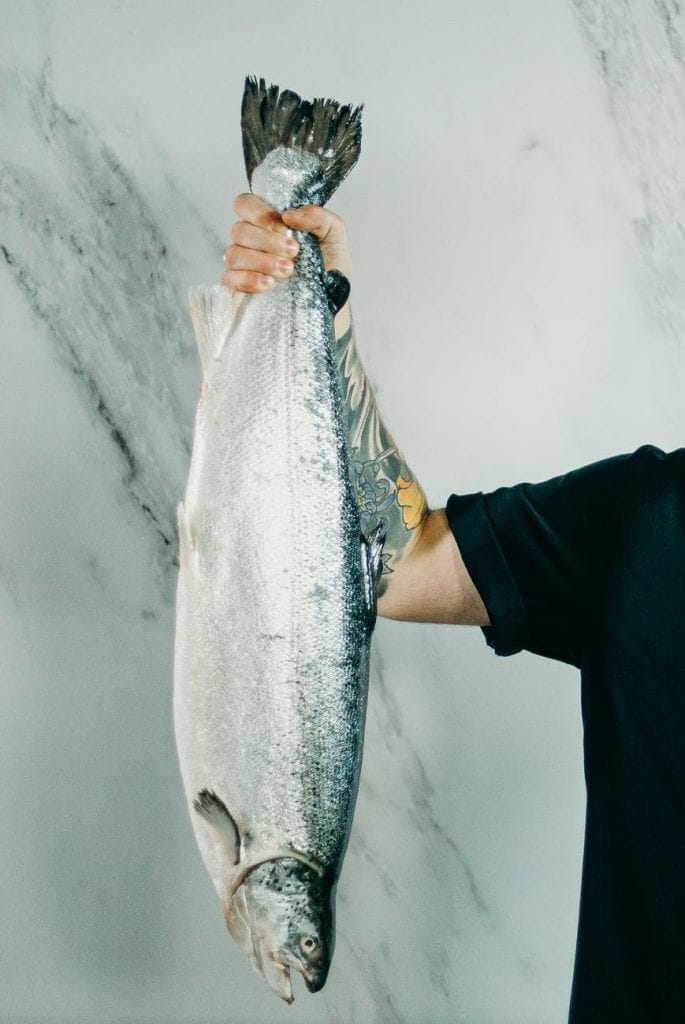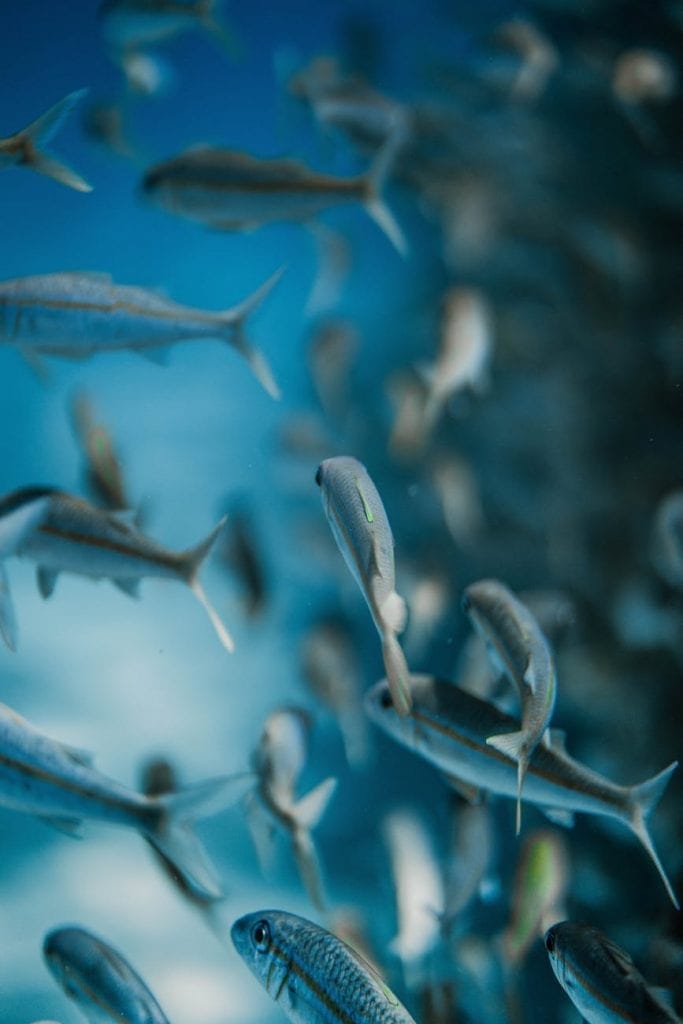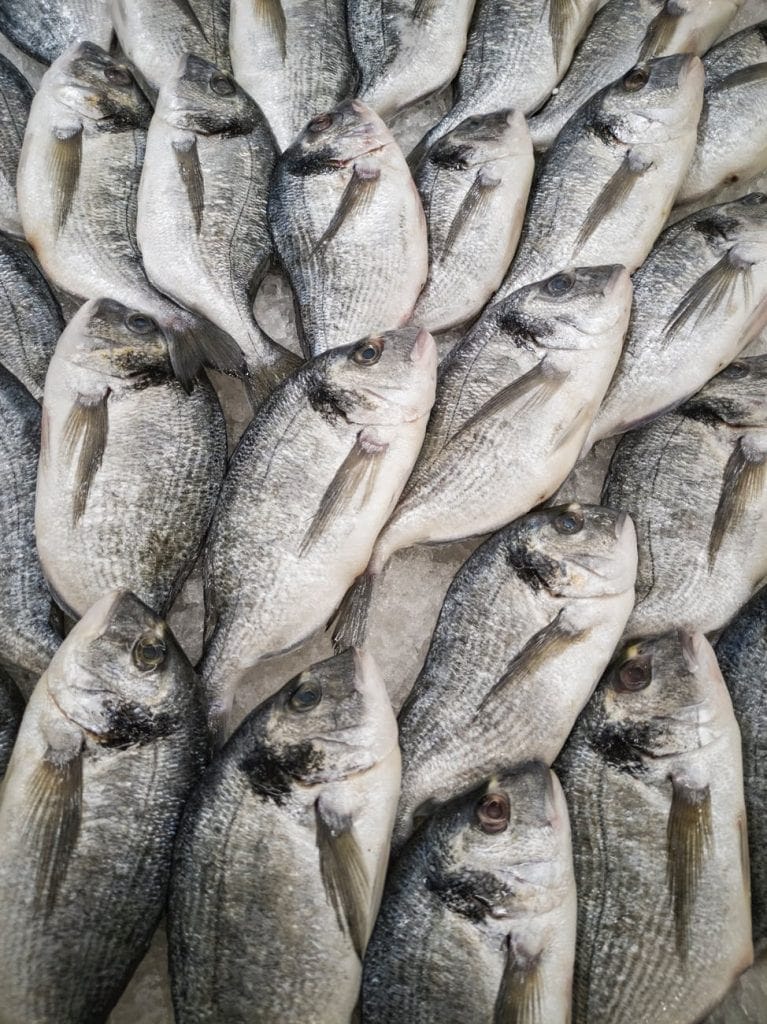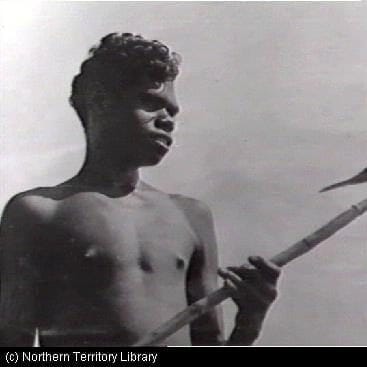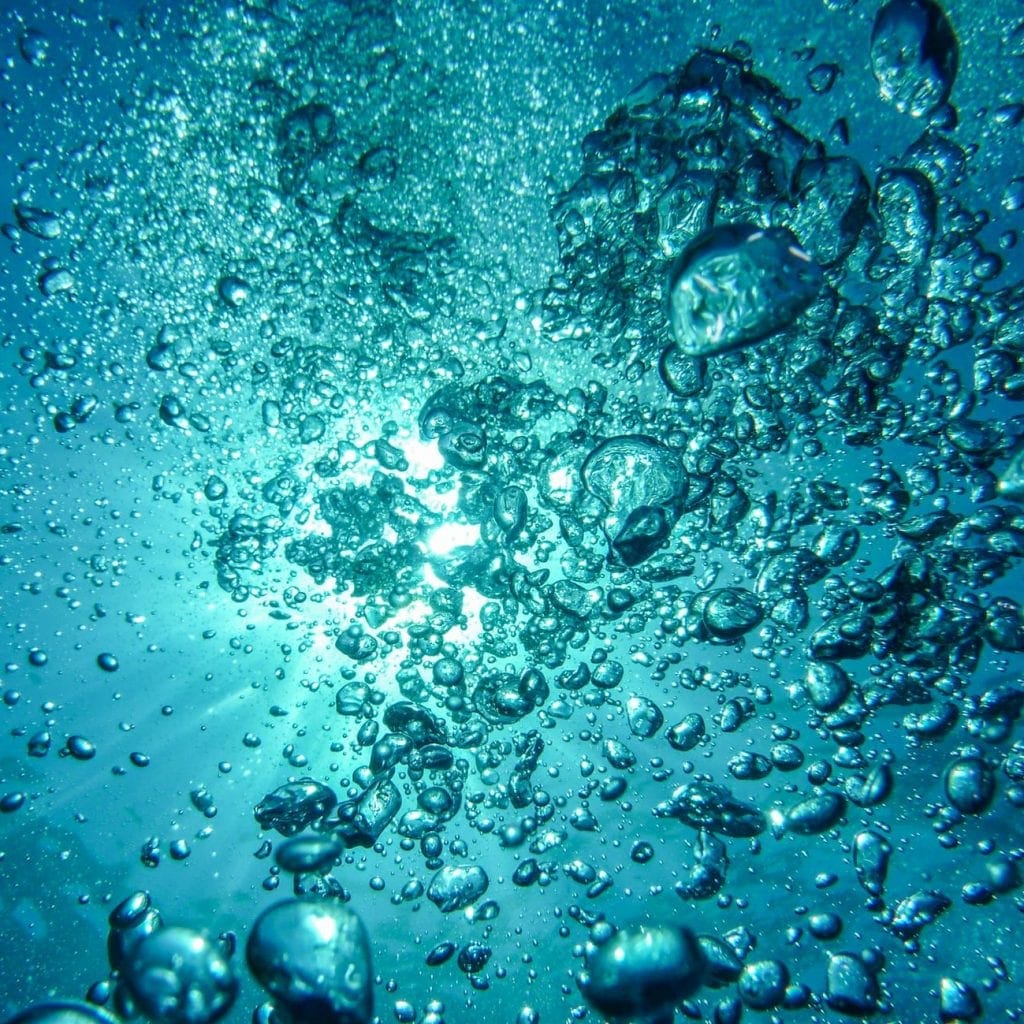Best Practice Handling of TEP species
Protected Species Handling Manual (2nd Edition) This handling manual provides practical suggestions for fishers who may have to handle protected or threatened species they may encounter during their fishing operations. A Handbook for Fishers The handling manual outlines best practice methods that have been trialed by fishers and scientists and can be recommended to assist […]
Best Practice Handling of TEP species Read More »

